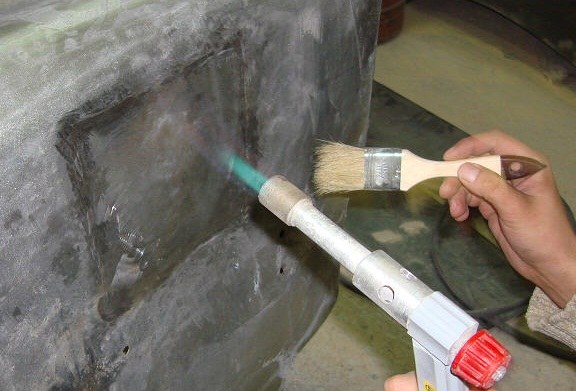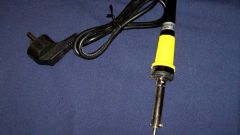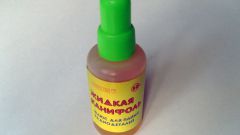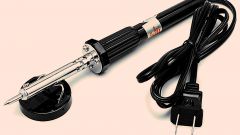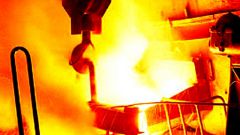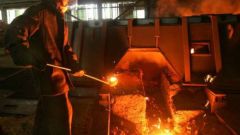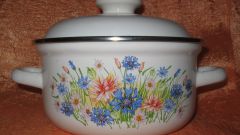You will need
- – solder;
- – flux;
- electric soldering iron;
- – a blowtorch or a Hairdryer;
- – solder paste;
- – sandpaper;
- – brush with stiff bristles;
- – clean swipe.
Instruction
1
Pick up the materials for tinning, best suited for the material of the product that you are going to tin. If possible food contact, the solder shouldn't contain lead. There are many lead free solders are alloys of tin with indium, beryllium, zinc, silver. You can use pure tin. It should be borne in mind that lead free solders are inferior to tin-lead (POS) on adhesion and wettability. Therefore, if the manufactured product does not have direct contact with a person, it is better to use for tinning tin-lead solders.
2
The choice of flux depends on the kind of processed material. For tinning of ferrous metals best suited with zinc chloride (ZnCl2 – zinc chloride soldering acid) and ammonium chloride (NH4Cl – ammonium chloride). For stainless steel use fluoric acid. A good tool is unisp-3, which is a 20% solution in water phosphoric acid. It is capable to remove not only the oxide film from the surface of the metal, and rust.
3
Very handy tool for tinning of solder paste are that contain in its composition of solder and flux that eliminates the need for separately treating the product of flux and solder. In particular, pasta S-Sn97Cu3 company Wurth is lead free and has a good wettability.
4
As a heating element with a small size and small thickness of the product, use electric soldering iron. At larger sizes, use a blowtorch, a gas torch or a Hairdryer. The heating device must be heating the metal up to 250-300°C.
5
Before tinning thoroughly clean the product from traces of the old coating and rust, using a wire brush and sandpaper. The metal surface should be cleaned to base metal. Blow the surface with air to remove fine dust and pebbles and degrease it.
6
After cleaning, treat the surface with a suitable flux with a brush or cloth and warm it to the desired temperature one of the devices listed in step 4. After that, start applying the solder.
7
Small items ludite using the soldering iron is coated with solder by rubbing their surface. The solder from the soldering iron will go to allusively material.
8
In case of significant dimensions, place the solder on the surface of the heated metal, wait for it to melt and spread over the surface with a wooden spatula or a brush with stiff bristles.
9
You can pre-heat the solder in the container to melt and stir with a stick – that he took the form of very small stones. Then these stones spread over the surface of the part, warm it and RUB the solder with a brush.
10
When applying solder paste after cleaning and degreasing the surface, apply a thin layer of the composition onto the surface and heat it with a Hairdryer or a blowtorch. Try not to overheat – signal the end of the heating zone should serve as the beginning of boiling pasta. After heating, remove from the surface the remains of the paste with a clean cloth.
Useful advice
When used as an active flux of zinc chloride and ammonium chloride at the end remove the tinning from the surface of the metal flux residues by washing and treatment with solvent.
